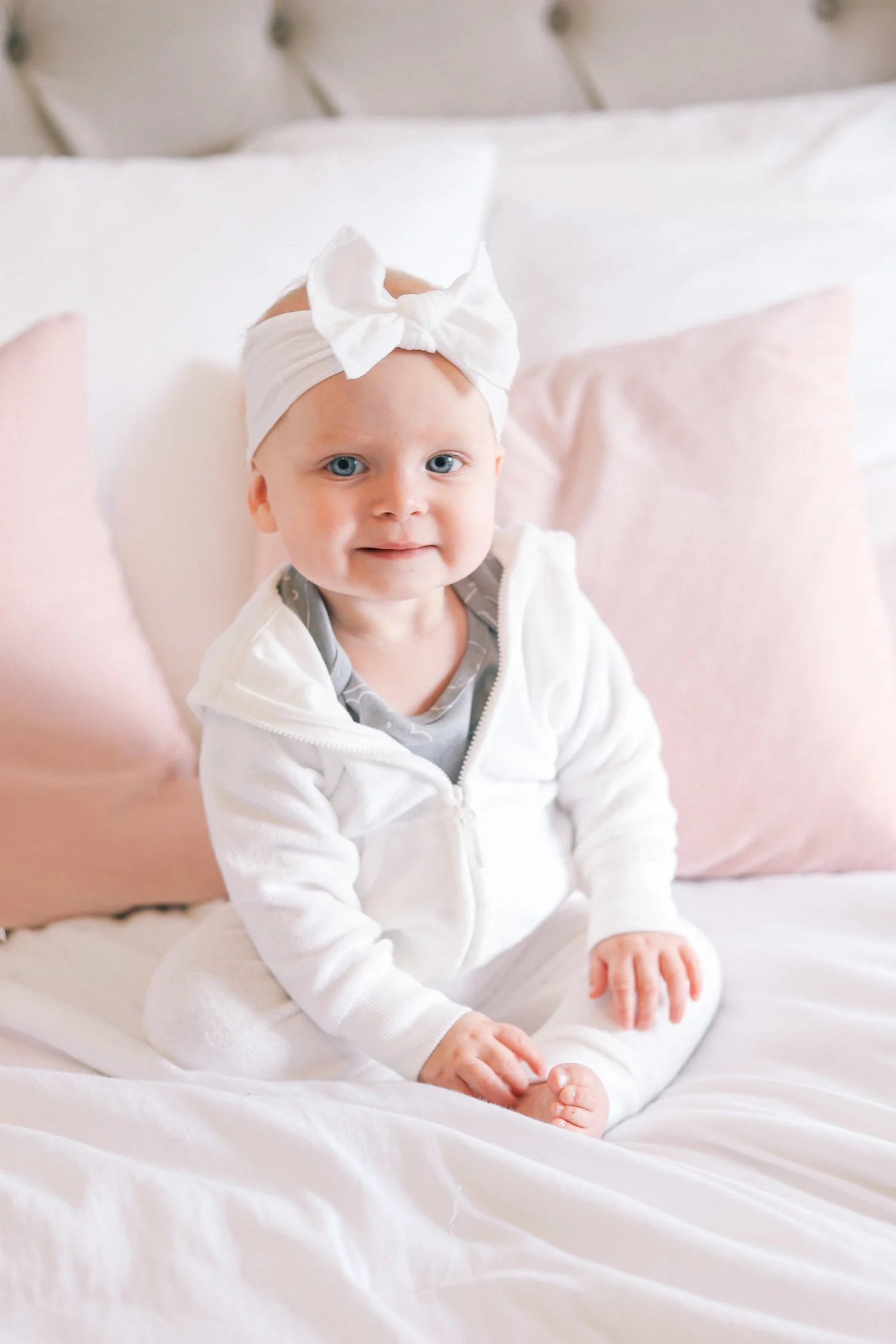The roughhousing started back in preschool. Overnight, the playground transformed into a battlefield filled with kids pretending to fight and shoot imaginary guns. One day, my eldest son’s preschool teacher requested a meeting. It turned out our sweet boy was among the leaders of this rambunctious group, fashioning his lunch sandwiches into revolver shapes and ambushing his friends at the table. We assured her that we had no video games, no toy weapons, and that violent play wasn’t allowed at home. Naturally, we promised to talk to him about it.
“Yes, I understand,” she replied calmly, “but consider allowing him some freedom for that kind of play.”
Stunned, we asked, “You mean we should let him play with toy guns? Shoot at us?”
“Yes,” she encouraged, suggesting that a little expression that doesn’t lead to real harm could be beneficial.
Though my son’s fascination with guns eventually faded, a strange intensity and risk-taking behavior emerged in both boys as they entered their teens. Their playful antics escalated with their friends—teasing, shoving, leaping off rocks, and climbing walls. One day, my oldest, Jake, lifted his younger brother during a playful moment and accidentally dropped him, resulting in his second broken arm. Then there was the night a friend sprayed some sort of chemical in Jake’s eyes, and we can’t forget the infamous experiment involving fireworks and Axe cologne in our living room.
Another time, my boys and their friends decided to throw a stick at a wasp’s nest, leading to predictable outcomes: they were chased and stung. One boy was so enraged that he returned the next day for revenge, resulting in an even more chaotic scene. Thankfully, no one required hospitalization—just some ice packs and Benadryl after we removed the stingers.
Then came skateboarding, and the injuries really began to accumulate. Each mishap fueled my anxious thoughts, creating a horrific montage in my mind: the wrestling move that could lead to a broken neck, cars speeding down our street potentially harming my kids as they attempted daring skateboard tricks, or falls from high places resulting in serious injury.
“I’m not ready for teenagers,” I lamented to my friend Alex one afternoon while we splashed around in the community pool. My husband was demonstrating his old gymnastics skills with impressive flips off the diving board, while my two sons, alongside other teens, engaged in an all-out water gun battle. They had just argued with me about the importance of aiming for the eyes during these water wars.
“It’s got to hurt,” they argued, “or it isn’t any fun.”
“I just don’t get this stage,” I confessed to Alex, who was happily enjoying the calm of parenting a gentle, violin-playing son. “Nothing in my experience has prepared me for this. I need to try something different. I’ve got to find a way to calm them down.”
Alex listened thoughtfully before offering, “One thing. Just one word.” Intrigued, I awaited his wisdom, hopeful for a breakthrough.
“What’s that?” I asked, eager for enlightenment.
“Zoloft.”
“Ah, so you’re suggesting I medicate the kids? That’s hilarious.”
“No, not the kids. You.”
He was right—not necessarily about the medication, but about my need to relax. Trying to curb their rough play was like trying to train my cats. I needed to tell myself to chill out; they were simply high-energy kids. My challenge stemmed from being raised in a family where athleticism wasn’t a priority—musical types who preferred baby burps to baseball bats—and now I found myself nursing a series of injuries. During a chaotic two-week stretch, we dealt with two broken bones, a mild concussion, and a significant set of stitches. While waiting in the ER for a cast, a doctor approached us, assuming my husband worked at the hospital. Wrong.
What drives such physicality and risk-taking? It’s a straightforward equation: youthful exuberance, excess energy, testosterone, and a lack of a fully developed prefrontal cortex. My husband not only embraces this energy but actively participates, often engaging in playful roughhousing, injuring himself while cycling. He enjoys watching the FailArmy YouTube channel with our boys, which features cringe-inducing compilations of mishaps—often with serious injuries. I worried it might inspire reckless behavior, but he argues it teaches them what not to do while sharpening their critical thinking skills.
Since I can’t stop my boys from pursuing their interests, I began to accept the idea of fostering safety through preparation. I started lecturing them on the importance of protective gear. Jake even took a first aid course. I programmed the emergency room number into my phone and educated myself on sprains, fractures, concussions, and when a cut requires stitches instead of glue. We now have a dedicated box for braces, slings, splints, and ace bandages, and, yes, we even own crutches. This preparation seems to help keep those dark visions at bay. While I sometimes wish my boys would spend more time indoors practicing music, I’ve learned to give them the freedom to pursue their passions—activities they clearly love and perhaps need.
